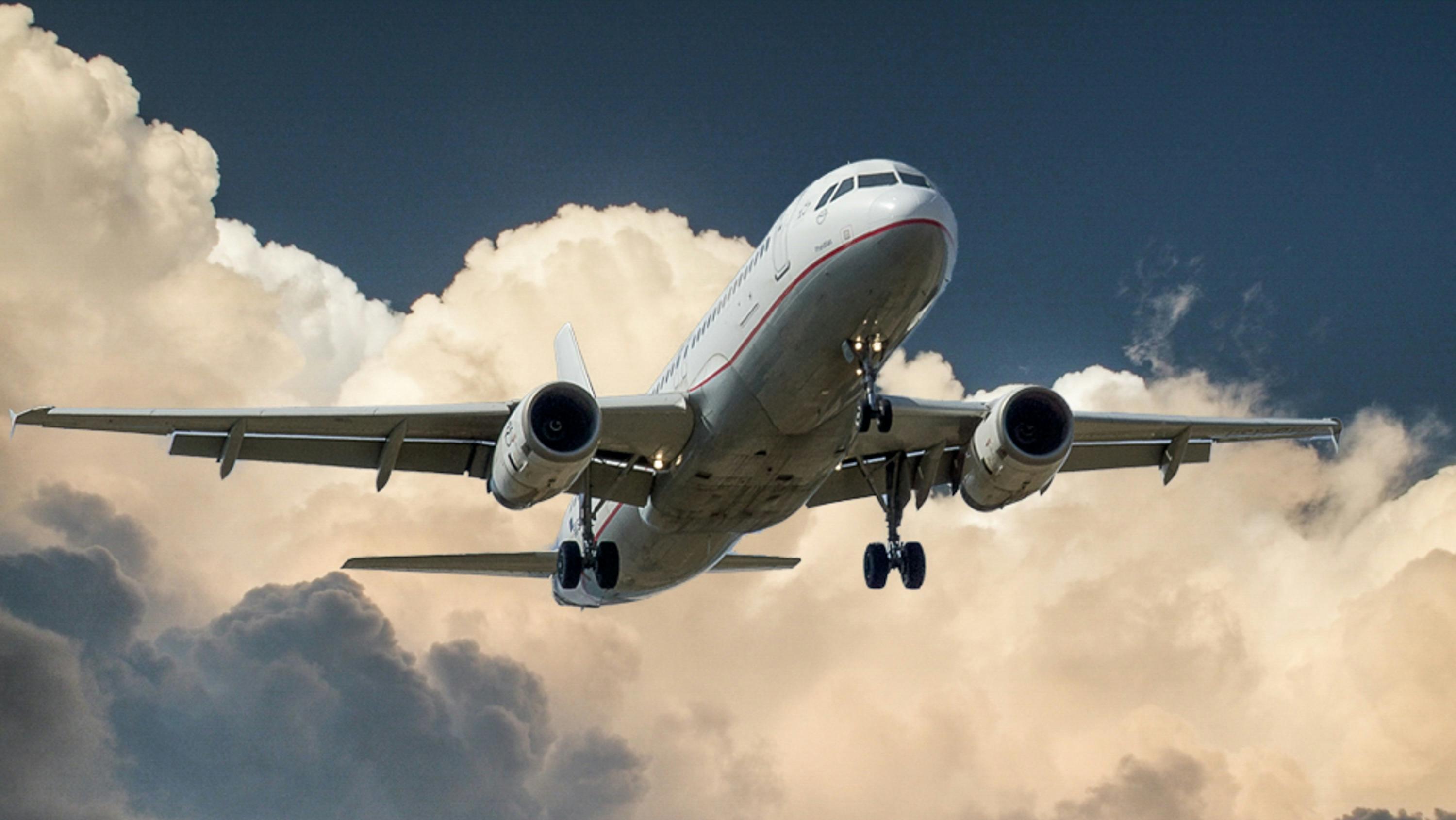New research led by the University of Queensland has found travel now accounts for 9% of the world’s total emissions, with experts warning this could double every 20 years.
The study published in the scientific journal Nature Communications found emissions from the tourism supply chain surged by 40% over the past decade, reaching 5.2 gigatonnes in 2019 from 3.7 gigatonnes in 2009.
This is the equivalent of 1.13 billion cars on the road for a year.
Between the years 2009 to 2019, the researchers found tourism-related emissions increased at a rate of 3.5%. At the same time, general emissions growth was 1.5% per annum.
“The sector is pivotal to global emissions trajectories, but the tourism industry has made very little progress in reducing emissions,” the lead author of the study, associate professor Ya-Yen Sun from the University of Queensland said.
“If this same growth rate is maintained into future years, tourism emissions are expected to double every 20 years, which is obviously not sustainable.”
The research found that the increase in emissions was dominated by 20 countries, which produced three-quarters of total global tourism emissions.
The U.S., China and India accounted for 60% of the growth in tourism emissions between 2009 and 2019, with these three countries being responsible for 39% of global tourism emissions.
For the first time, this year’s UN Climate Change Conference of Parties (COP29) included tourism.
Australia’s carbon footprint was ranked 14th globally at 82 megatonnes, with its resident per capita tourism carbon footprint in 2019 being ranked eighth globally at 3.4 tonnes.
According to the Nature Communications research, the combination of tourism demand growth and failure of technology advancement gains present enormous barriers to tourism mitigation.
Sun said the study shows that technology efficiency gains and infrastructure improvements offer no chance of reaching net zero targets.
“The demand growth is outstripping any emission reduction measures currently in place – and the net growth in emissions is massive,” she said.
Researchers also identified that to meet the goals of the Paris Agreement, emissions would need to be reduced by 10% annually to the year 2050 and Sun said the first step is targeting long-haul travellers.
“Focussing on limiting growth in international air travel would also offer a more socially equitable approach, which is important in terms of addressing extreme distributional inequalities and the need to transition to a more just and inclusive tourism future,” she said.
Researchers are now focussed on finding ways to drop tourism emissions, including working with individual countries and tourism organisations as well as securing funding for further studies.
“Ultimately, we want to help policymakers and industry leaders to understand the numbers, have clarity around the impact of the industry on global emissions, and take appropriate steps to align country tourism emissions with Paris Climate commitments as expressed in Nationally Determined Contributions (NDC),” Sun said.
